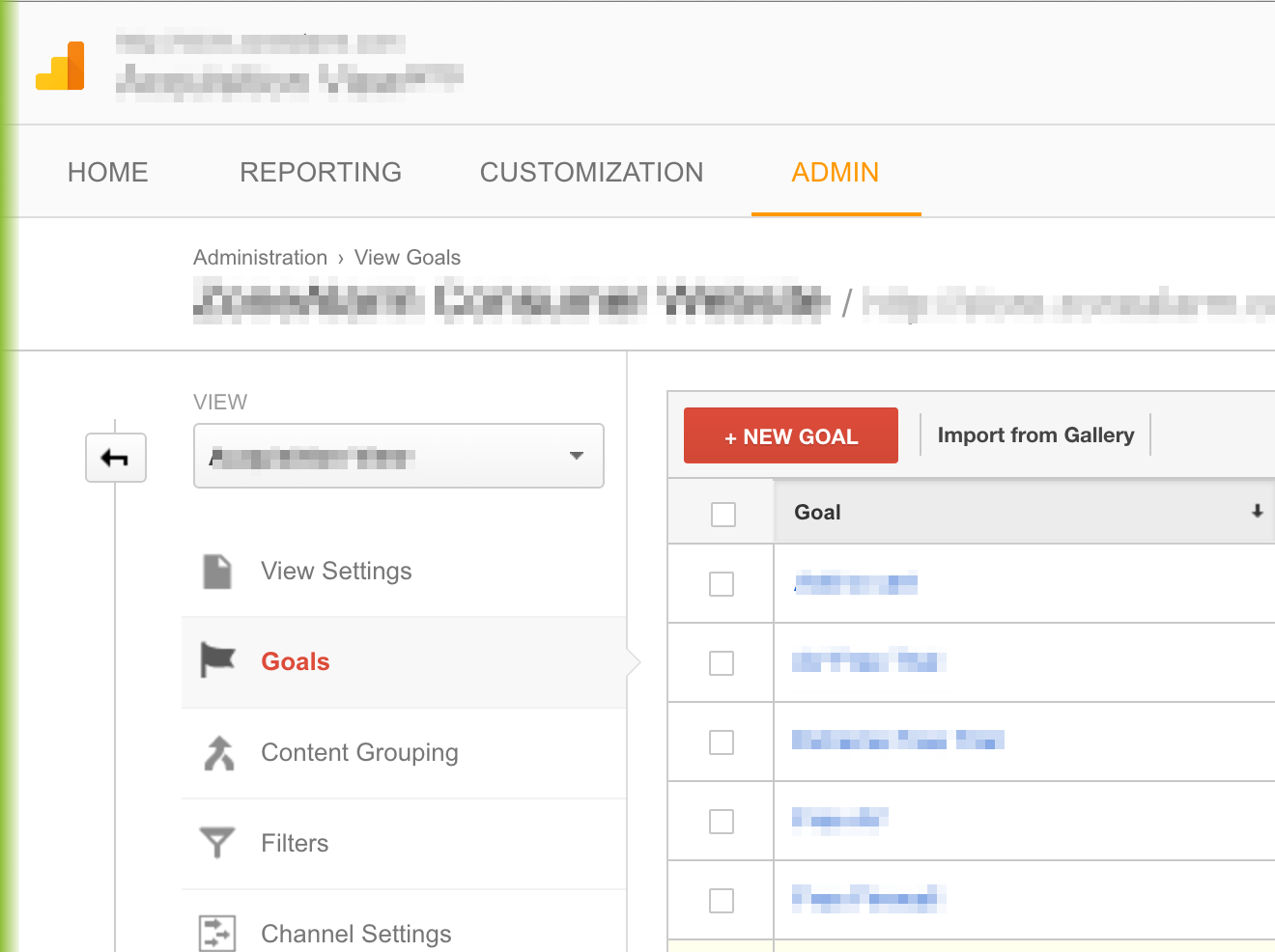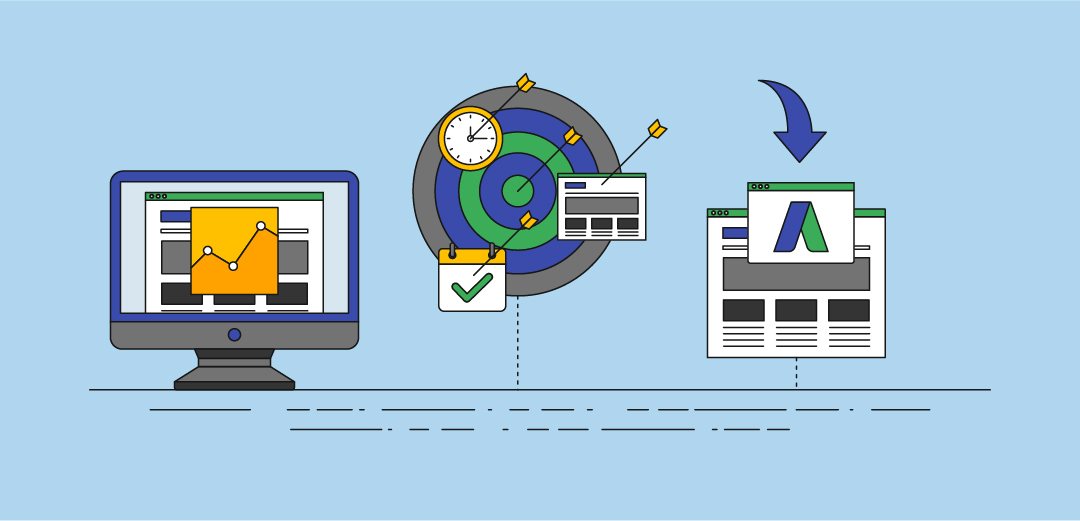Discover the Limitations of Google Analytics Goals: Revealing the Data Kind That Remain Untrackable
As services increasingly count on data-driven decision-making, comprehending the restrictions of tools like Google Analytics ends up being vital. While Google Analytics Goals deal valuable understandings right into individual interactions, there exist information types that thwart monitoring, positioning obstacles to an extensive understanding of customer habits. These untrackable information types raise questions regarding the accuracy and completeness of the analytics information that companies heavily depend upon for their electronic methods. Curious to uncover the covert unseen areas in your data evaluation procedure?
Incomplete Customer Journey Tracking
Incomplete customer trip monitoring within Google Analytics can hinder the capability to properly evaluate individual behavior. When the user trip is not fully tracked, there are voids in the information that avoid an extensive understanding of exactly how individuals communicate with a website. This absence of understanding can cause missed out on chances for optimization and renovations to the individual experience.
One usual concern with incomplete customer trip monitoring is the inability to see the complete course that users take in the past completing an objective or leaving the site. Without this information, it is testing to recognize where users might be encountering barriers or rubbing factors that stop them from transforming. In addition, incomplete monitoring can cover the impact of specific advertising and marketing initiatives or website modifications on user habits.
To resolve this constraint, it is important to set up correct monitoring devices within Google Analytics to record the entire customer trip. This may include setting up occasion monitoring, objective funnels, or using tools like Google Tag Manager to make certain that no essential communications go unrecorded. By gaining a thorough view of the customer trip, internet site owners can make even more educated choices to improve customer interaction and drive conversions.
Acknowledgment Difficulties
Navigating via attribution obstacles in Google Analytics calls for a thorough understanding of exactly how various touchpoints add to the overall conversion procedure. Attribution challenges arise from the intricacy of modern consumer journeys, where users engage with numerous channels before transforming. Google Analytics gives various attribution designs like very first touch, last touch, and straight, each supplying a various point of view on how credit is designated to touchpoints along the conversion path. These models may not constantly accurately reflect the real effect of each touchpoint on the conversion.
One common acknowledgment difficulty is the trouble in connecting conversions to the proper source, particularly in situations where customers communicate with several networks before transforming. Additionally, cross-device tracking postures an additional attribution challenge, as users frequently change in between tools throughout their journey, making it challenging to track their communications seamlessly.
Offline Conversions
Offered the challenges associated with associating conversions precisely in online channels, the dimension of offline conversions offers a considerable possibility for marketers looking for a more thorough understanding of their consumers' journey. Offline conversions describe activities that consumers absorb the real world, such as making purchases in brick-and-mortar shops or over the phone, attending events, or engaging with printed materials - what data is google analytics goals unable to track. These read this article conversions are essential for businesses that operate both online and offline, as they offer beneficial understandings into the performance of advertising campaigns across numerous touchpoints
Tracking offline conversions traditionally positioned a substantial challenge for marketing experts, as it was challenging to link these activities back to certain on the internet interactions accurately. With improvements in modern technology, such as the combination of CRM systems, distinct identifiers, and promo code codes, organizations can now connect the void in between online and offline information to obtain a more holistic my explanation view of client actions. By efficiently gauging offline conversions, marketing professionals can enhance their approaches, allot sources extra effectively, and inevitably improve the general customer experience.
Cross-Device Tracking
Cross-device tracking plays a critical role in understanding the interconnected nature of customers' digital interactions throughout several gadgets. In today's omnichannel world, where customers flawlessly change in between tablet computers, desktops, and mobile phones, tracking their habits across these gadgets is essential for marketers to obtain a comprehensive sight of their client trip.

In addition, personal privacy concerns and laws such as GDPR and CCPA have additionally complicated cross-device monitoring. With customers requiring more control over their information and increased restrictions on tracking technologies, online marketers need to locate privacy-compliant and ingenious ways to connect individual communications across gadgets.
Dynamic Content Involvement
Recognizing customer engagement with vibrant web content is pivotal in enhancing digital marketing strategies for improved target market communication. Dynamic material describes web site elements that transform based on customer actions, preferences, or other aspects, supplying a personalized experience. Nonetheless, tracking customer interactions with dynamic web content presents obstacles for conventional analytics tools like Google Analytics.
While Google Analytics can track fundamental communications like clicks and web page views, it might have a hard time to catch more nuanced engagements within vibrant web content. what data is google analytics goals unable to track. Metrics such as time spent on certain vibrant elements, float actions, Going Here or interactions within pop-ups are typically not quickly quantifiable utilizing standard tracking methods. This restriction hinders online marketers' capability to totally grasp how customers are involving with dynamic material and customize their techniques accordingly

Verdict
In verdict, Google Analytics objectives have limitations in tracking insufficient user trips, attributing conversions accurately, capturing offline conversions, tracking cross-device interactions, and measuring dynamic material interaction. These restrictions highlight the importance of checking out added tracking methods and tools to acquire a more detailed understanding of customer behavior and conversions past what Google Analytics can supply.
While Google Analytics Goals offer important understandings into individual interactions, there exist information types that avoid tracking, presenting challenges to a detailed understanding of user behavior.Incomplete customer trip monitoring within Google Analytics can prevent the capability to accurately analyze individual actions. When the individual journey is not totally tracked, there are spaces in the information that protect against a thorough understanding of exactly how users engage with a site.One common concern with incomplete customer trip tracking is the failure to see the full course that customers take in the past completing an objective or leaving the website. By getting an extensive sight of the user journey, website owners can make even more enlightened choices to enhance user involvement and drive conversions.